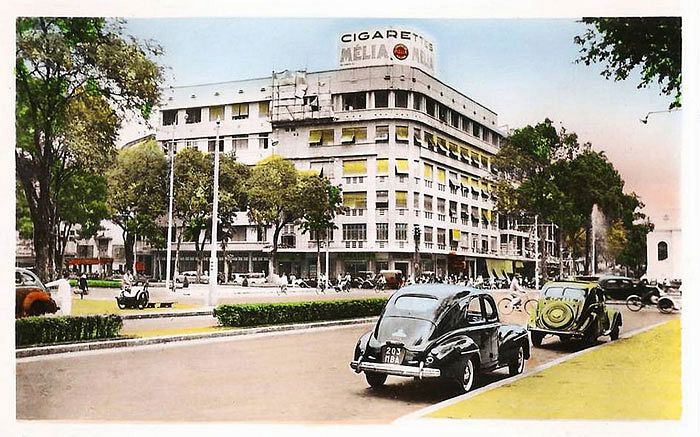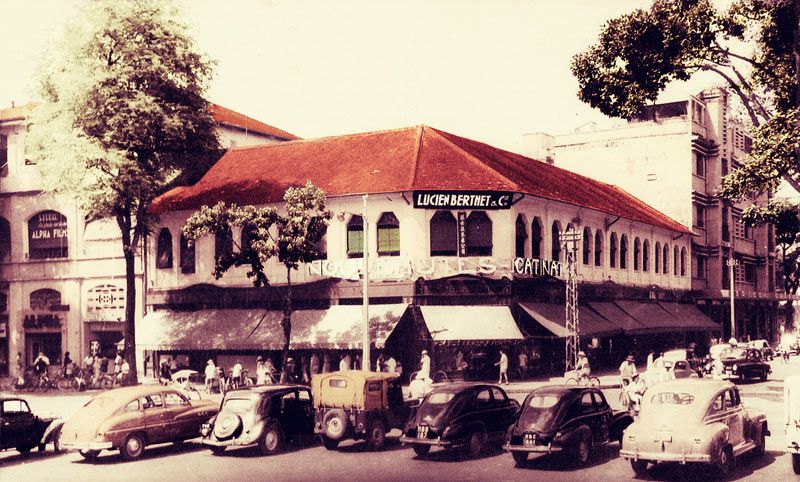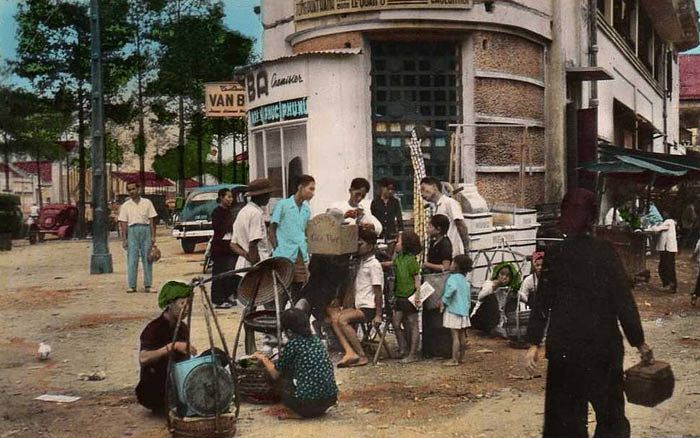Trần Hưng Đạo Street is a major thoroughfare, stretching from District 1 to District 5. Let’s take a closer look at the street’s namesake and see why he is one of Vietnam’s most famous historical characters. The picture above should give you a pretty good idea of his general badassery.
Đạo, born Prince Trần Quốc Tuấn in 1228, came into the world during a tumultuous time in Đại Việt's imperial history. 3 Years earlier, the Trần family was put into power by Lý Chiêu Hoàng, the last Lý emperor. Đạo's father, Trần Liễu, hired the best tutors for his son in hopes of him becoming a great leader of Đại Việt. Due to interfamily grudges resulting from politically motivated (and forced) marriages, Liễu saw these conflicts as shames upon the family. On his deathbed, he told his son to restore the family’s honor. The coming Mongol invasions would allow Đạo to accomplish this and more.
Like most of Asia (and parts of Europe), the 13th century was characterized by the expansion of the Mongol Empire. The first Mongol threat to Đại Việt occurred in 1254, shortly after the Trần family eliminated their political rivals and consolidated power.
When Mongol emissaries reached the Trần royal court seeking passage for their armies en route to the Song, the Tran emperor refused, seeing it as a pretense for a Mongol invasion of Đại Việt. The rejection triggered the first of 3 Mongol invasions of the country, all of which would ultimitley fail.
In 1285, the Mongols, under the leadership of the notorious Kublai Khan, returned to Đại Việt, this time demanding passage for his armies on the way to battle the Kingdom of Champa. Again, the Trần emperor refused and again, the Mongols invaded, quickly capturing the imperial capital of Thang Long (modern-day Hanoi). By this time, Trần Hưng Đạo had become one of Đại Việt’s leading generals, in charge of protecting the royal family.
As the Mongol forces moved south, their supply lines became strained and began so succumb to tropical diseases. Đạo, sensing the weakness in his enemy ordered a coordinated counter-offensive, concentrating on naval warfare where the Mongol’s seasoned cavalry were rendered ineffective. After a number of losing battles, the Mongol army retreated north. But they would soon be back for revenge.
For more about Đạo's love of poetry, loyalty and legacy, check back soon for part 2.














